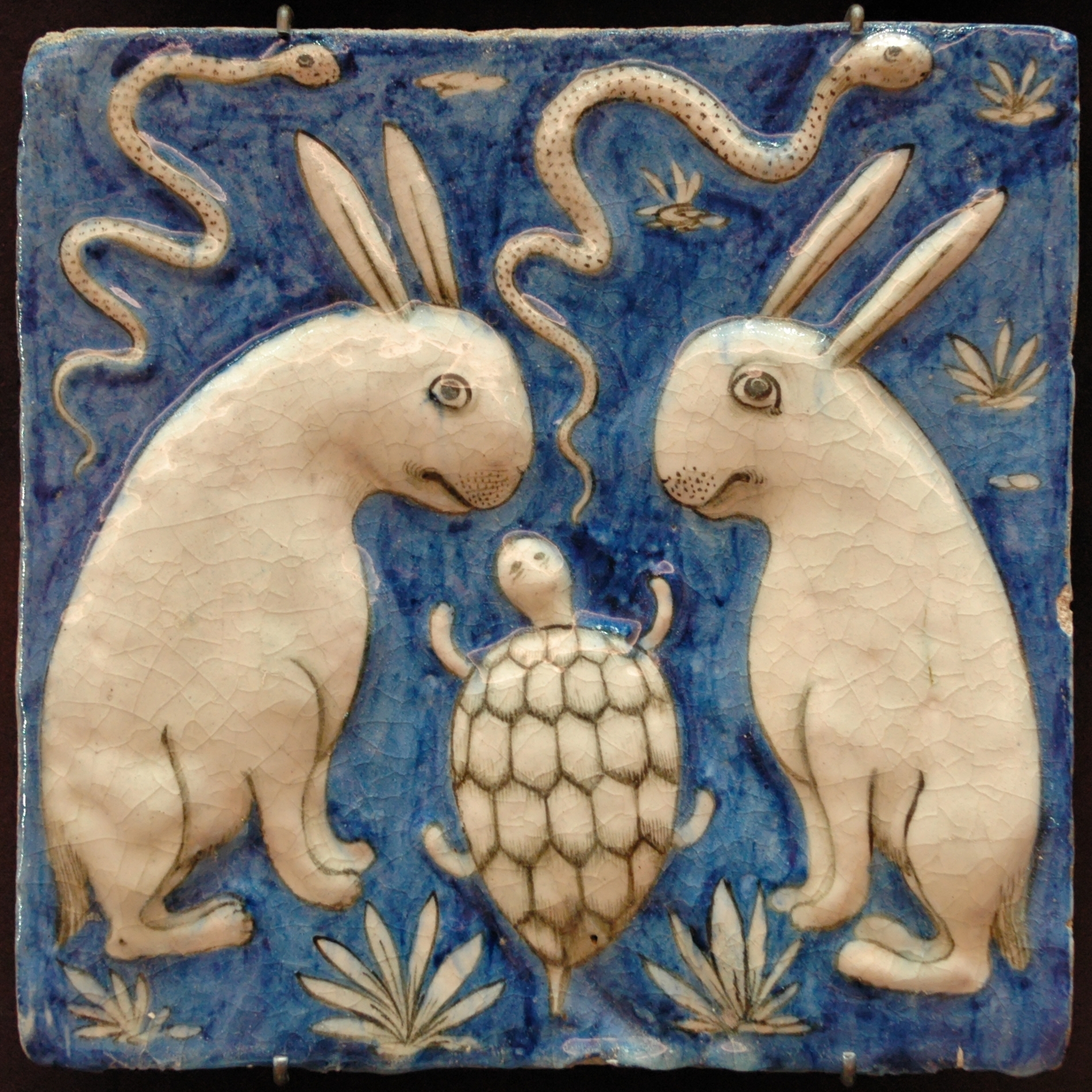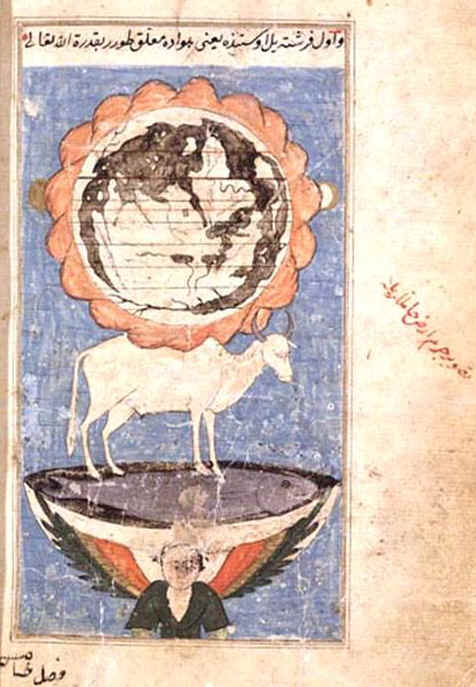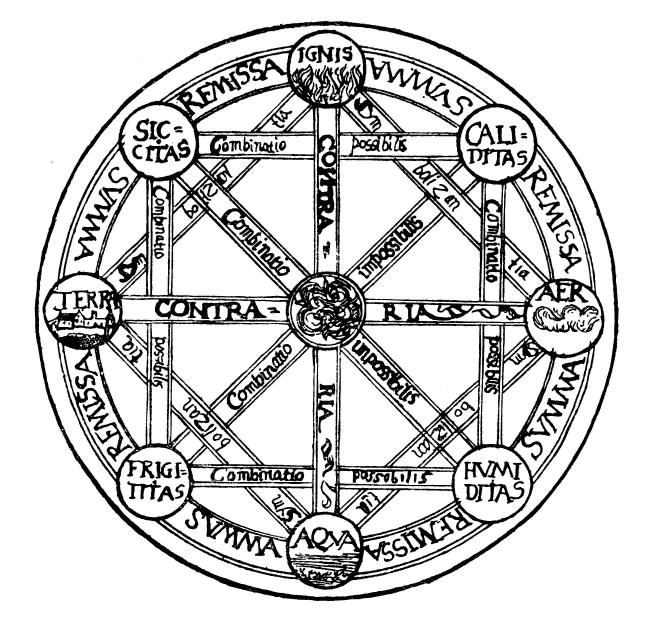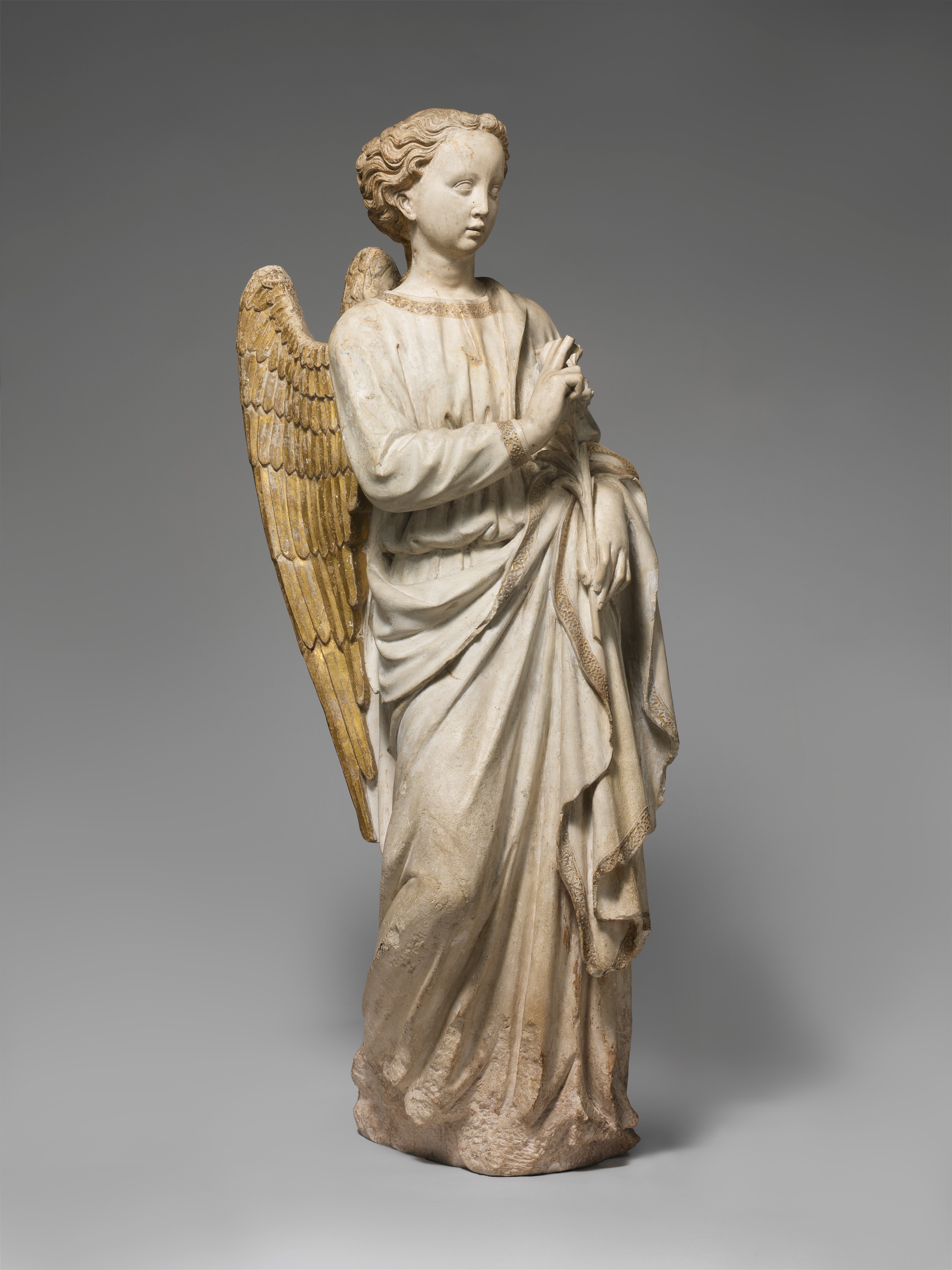|
Aja'ib Al-Makhluqat
''Aja'ib al-Makhluqat wa Ghara'ib al-Mawjudat'' () or ''The Wonders of Creatures and the Marvels of Creation'' is an important work of paradoxography and cosmography by Zakariya al-Qazwini, who was born in Qazwin in 1203 shortly before the Mongol invasion of the Khwarazmian Empire. Background to the work Qazwini's ''Aja'ib al-Makhluqat'' was criticized for being less than original. Substantial parts of his work are derivative of Yaqut al-Hamawi's ''Mu'jam al-Buldan''. Qazwini mentions fifty names as his sources, the most important of whom are old geographers and historians such as Istakhri, Ahmad ibn Fadlan, al-Masudi, Ibn Hawqal, al-Biruni, Ibn al-Athir, al-Maqdisi, and al-Razi. Even though Qazwini's work is a compilation of known and unknown sources, it influenced later works of Islamic cosmology and Geography and cartography in medieval Islam, Islamic geography through its style and language. Qazwini's cosmography is not pure science but was intended to entertain its readers b ... [...More Info...] [...Related Items...] OR: [Wikipedia] [Google] [Baidu] |
Zakariya Al-Qazwini
Zakariyya' al-Qazwini ( , ), also known as Qazvini (), (born in Qazvin, Iran, and died 1283), was a Cosmography, cosmographer and Geography in medieval Islam, geographer. He belonged to a family of jurists originally descended from Anas bin Malik (a companion of the Islamic prophet Muhammad) which had been well established in Qazvin long before al-Qazwini was born. His most famous work is the Aja'ib al-Makhluqat, (), a seminal work in cosmography. He is also the author of the geographical dictionary (). Career Born in Qazvin to a Persianized family of Arab ancestry, al-Qazwini served as a legal expert and judge in several localities in Iran. He traveled around in Mesopotamia and the Levant, and finally entered the circle patronized by the Ilkhanid governor of Baghdad, Ata-Malik Juvayni (d. 1283 CE). It was to the latter that al-Qazwini dedicated his famous cosmography titled Aja'ib al-Makhluqat, (). This treatise, frequently illustrated, was immensely popular and is preser ... [...More Info...] [...Related Items...] OR: [Wikipedia] [Google] [Baidu] |
Geography And Cartography In Medieval Islam
Medieval Islamic geography and cartography refer to the study of geography and cartography in the Muslim world during the Islamic Golden Age (variously dated between the 8th century and 16th century). Muslim scholars made advances to the map-making traditions of earlier cultures, explorers and merchants learned in their travels across the Old World (Afro-Eurasia). Islamic geography had three major fields: exploration and navigation, physical geography, and cartography and mathematical geography. Islamic geography reached its apex with Muhammad al-Idrisi in the 12th century. History 8th and 9th century Islamic geography began in the 8th century, influenced by Hellenistic geography, combined with what explorers and merchants learned in their travels across the Old World (Afro-Eurasia). Muslim scholars engaged in extensive exploration and navigation during the 9th-12th centuries, including journeys across the Muslim world, in addition to regions such as China, Southeast Asia and ... [...More Info...] [...Related Items...] OR: [Wikipedia] [Google] [Baidu] |
Kujata
Kuyūthā () is the cosmic bull in Cosmology in medieval Islam#Cosmography, medieval Islamic cosmography. It is said to carry on its back the angel who shoulders the earth and the rock platform upon which the angel stands. The bull is said to stand on the giant fish or whale, Bahamut. The bull is variously described as having 40,000 horns and legs, or as many eyes, ears, mouths and tongues in the oldest sources. The number of appendages can vary in later versions. Its breathing is said to control the tides of the ocean. Kīyūbān () or Kibūthān () also appear in printed editions of Abu Yahya Zakariya' ibn Muhammad al-Qazwini, Qazwini's cosmography. These have been claimed to be corruptions of Leviathan (). Alternate names include Al-Rayann. Kuyootà, Kuyoothán were forms of the name as transcribed by Edward William Lane, Edward Lane, and given as Kuyata (Spanish), Kujata (first English translation, 1969), and Quyata (revised English translation) in various editions of Jorge ... [...More Info...] [...Related Items...] OR: [Wikipedia] [Google] [Baidu] |
Jacinth
Jacinth (, ) or hyacinth () is a yellow-red to red-brown variety of zircon used as a gemstone. In Exodus 28:19, one of the precious stones set into the ''hoshen'' (the breastplate worn by the High Priest of Israel) is called, in Hebrew, '' leshem'', which is often translated into English as "jacinth". The true identity of this stone has been a source of confusion since at least the first century; the modern identification of ''leshem'' with jacinth seems to have been popularised by Martin Luther, who may in turn have been following a fourth-century tradition. In Revelation 21:20, one of the foundation stones of the New Jerusalem is hyacinth (Greek: ''hyakinthos''). However, ''Strong's Concordance'' and ''Thayer's Greek Lexicon'' describe this as a stone of the colour of the hyacinth plant, i.e. dark blue. The stone intended may be the sapphire Sapphire is a precious gemstone, a variety of the mineral corundum, consisting of aluminium oxide () with trace amounts of ele ... [...More Info...] [...Related Items...] OR: [Wikipedia] [Google] [Baidu] |
Tawhid
''Tawhid'' () is the concept of monotheism in Islam, it is the religion's central and single most important concept upon which a Muslim's entire religious adherence rests. It unequivocally holds that God is indivisibly one (''ahad'') and single (''wahid''). Tawhid constitutes the foremost article of the Muslim profession of submission.D. Gimaret, ''Tawhid'', Encyclopedia of Islam. The first part of the Islamic declaration of faith ('' shahada'') is the declaration of belief in the oneness of God. To attribute divinity to anything or anyone else, is considered '' shirk'', which is an unpardonable sin unless repented afterwards, according to the Qur'an. Muslims believe that the entirety of the Islamic teaching rests on the principle of ''tawhid''.Tariq Ramadan (2005), p. 203. From an Islamic standpoint, there is an uncompromising nondualism at the heart of the Islamic beliefs ('' aqida'') that is seen as distinguishing Islam from other major religions. The Quran teaches ... [...More Info...] [...Related Items...] OR: [Wikipedia] [Google] [Baidu] |
Soul (spirit)
The soul is the purported immaterial aspect or essence of a living being. It is typically believed to be immortal and to exist apart from the material world. The three main theories that describe the relationship between the soul and the body are interactionism, parallelism, and epiphenomenalism. Anthropologists and psychologists have found that most humans are naturally inclined to believe in the existence of the soul and that they have interculturally distinguished between souls and bodies. The soul has been the central area of interest in philosophy since ancient times. Socrates envisioned the soul to possess a rational faculty, its practice being man's most godlike activity. Plato believed the soul to be the person's real self, an immaterial and immortal dweller of our lives that continues and thinks even after death. Aristotle sketched out the soul as the " first actuality" of a naturally organized body—form and matter arrangement allowing natural beings to aspi ... [...More Info...] [...Related Items...] OR: [Wikipedia] [Google] [Baidu] |
Bestiary
A bestiary () is a compendium of beasts. Originating in the ancient world, bestiaries were made popular in the Middle Ages in illustrated volumes that described various animals and even rocks. The natural history and illustration of each beast was usually accompanied by a moral lesson. This reflected the belief that the world itself was the Word of God and that every living thing had its own special meaning. For example, the pelican, which was believed to tear open its breast to bring its young to life with its own blood, was a living representation of Jesus. Thus the bestiary is also a reference to the symbolic language of animals in Western Christian art and literature. History The bestiary — the medieval book of beasts — was among the most popular illuminated texts in northern Europe during the Middle Ages (about 500–1500). Medieval Christians understood every element of the world as a manifestation of God, and bestiaries largely focused on each animal's religious ... [...More Info...] [...Related Items...] OR: [Wikipedia] [Google] [Baidu] |
Classical Element
The classical elements typically refer to Earth (classical element), earth, Water (classical element), water, Air (classical element), air, Fire (classical element), fire, and (later) Aether (classical element), aether which were proposed to explain the nature and complexity of all matter in terms of simpler Substance theory, substances. Ancient cultures in Ancient Greece, Greece, Angola, Ancient Tibet, Tibet, Ancient India, India, and Mali had similar lists which sometimes referred, in local languages, to "air" as "wind", and to "aether" as "space". These different cultures and even individual philosophers had widely varying explanations concerning their attributes and how they related to observable phenomena as well as cosmology. Sometimes these theories overlapped with mythology and were personification, personified in deities. Some of these interpretations included atomism (the idea of very small, indivisible portions of matter), but other interpretations considered the ... [...More Info...] [...Related Items...] OR: [Wikipedia] [Google] [Baidu] |
Astrological
Astrology is a range of divinatory practices, recognized as pseudoscientific since the 18th century, that propose that information about human affairs and terrestrial events may be discerned by studying the apparent positions of celestial objects. Different cultures have employed forms of astrology since at least the 2nd millennium BCE, these practices having originated in calendrical systems used to predict seasonal shifts and to interpret celestial cycles as signs of divine communications. Most, if not all, cultures have attached importance to what they observed in the sky, and some—such as the Hindus, Chinese, and the Maya—developed elaborate systems for predicting terrestrial events from celestial observations. Western astrology, one of the oldest astrological systems still in use, can trace its roots to 19th–17th century BCE Mesopotamia, from where it spread to Ancient Greece, Rome, the Islamic world, and eventually Central and Western Europe. Contemporary W ... [...More Info...] [...Related Items...] OR: [Wikipedia] [Google] [Baidu] |
Astronomical
Astronomy is a natural science that studies celestial objects and the phenomena that occur in the cosmos. It uses mathematics, physics, and chemistry in order to explain their origin and their overall evolution. Objects of interest include planets, moons, stars, nebulae, galaxies, meteoroids, asteroids, and comets. Relevant phenomena include supernova explosions, gamma ray bursts, quasars, blazars, pulsars, and cosmic microwave background radiation. More generally, astronomy studies everything that originates beyond Earth's atmosphere. Cosmology is a branch of astronomy that studies the universe as a whole. Astronomy is one of the oldest natural sciences. The early civilizations in recorded history made methodical observations of the night sky. These include the Egyptians, Babylonians, Greeks, Indians, Chinese, Maya, and many ancient indigenous peoples of the Americas. In the past, astronomy included disciplines as diverse as astrometry, celestial naviga ... [...More Info...] [...Related Items...] OR: [Wikipedia] [Google] [Baidu] |
Angel
An angel is a spiritual (without a physical body), heavenly, or supernatural being, usually humanoid with bird-like wings, often depicted as a messenger or intermediary between God (the transcendent) and humanity (the profane) in various traditions like the Abrahamic religions. Other roles include protectors and guides for humans, such as guardian angels and servants of God. In Western belief-systems the term is often used to distinguish benevolent from malevolent intermediary beings. Emphasizing the distance between God and mankind, revelation-based belief-systems require angels to bridge the gap between the earthly and the transcendent realm. Angels play a lesser role in monistic belief-systems, since the gap is non-existent. However, angelic beings might be conceived as aid to achieve a proper relationship with the divine. Abrahamic religions describe angelic hierarchies, which vary by religion and sect. Some angels have specific names (such as Gabriel or Mich ... [...More Info...] [...Related Items...] OR: [Wikipedia] [Google] [Baidu] |









